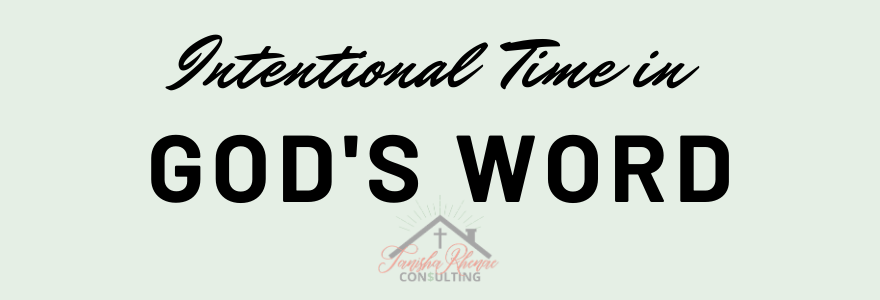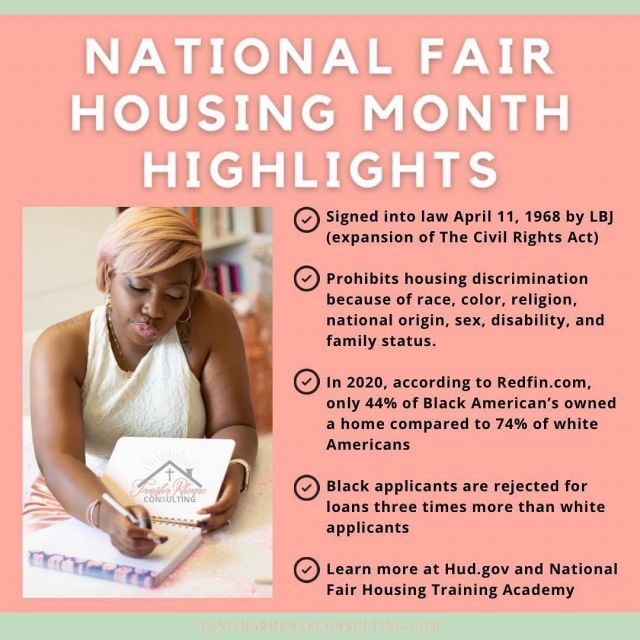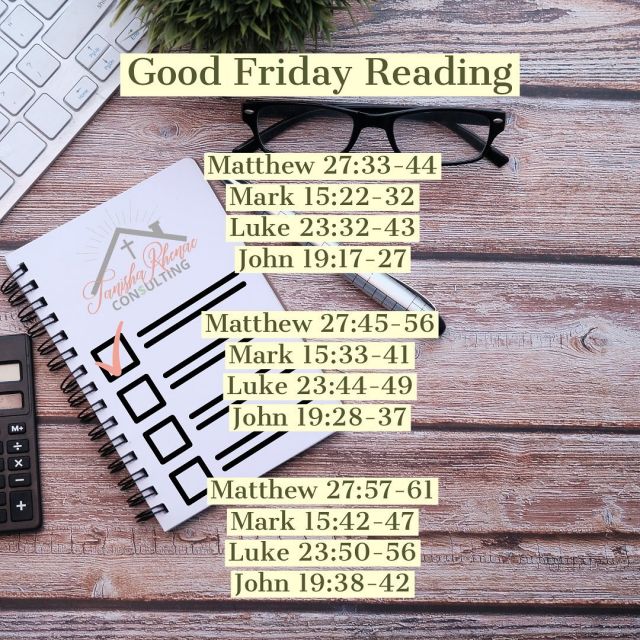
Welcome to Down the TBR Hole #221-240! What is Down the TBR Hole? It is where I grab 20 books from my insanely long TBR list on Goodreads and decide if I am keeping or removing the books. Need to catch up? Click here to go to the previous post. As a reminder, here are the rules:

I think this is the first week ever that I am starting with the same number I ended with in the last post. I’m proud of myself, but I am also struggling because I am not reading books on my TBR list as I should be. If you follow me on Instagram, you would have seen previously that I am on both a Kindle Unlimited and Black Romance kick right now. And I haven’t taken the time to add any books that I want to read on my TBR. I just read them. Kicking off this week with 4,657 books on my TBR list. Let’s get started.

1. Financially Fearless: The LearnVest Program for Taking Control of Your Money by Alexa Von Tobel
I would love to learn more about this 50/20/30 plan they have, so I am keeping this one.

2. Live It, Love It, Earn It: A Woman’s Guide to Financial Freedom by Marianna Olszewski
I’ll probably be keeping all the finance books because it is a passion of mine, and I could learn all day long about this topic. It’s also a plus that it’s a female author. Keeping this one.

3. The Laws of Money, The Lessons of Life: 5 Timeless Secrets to Get Out and Stay Out of Financial Trouble by Suze Orman
One of the original people I started to follow when it came to finances (a true OG). Keeping her on the list.

4. MONEY Master the Game: 7 Simple Steps to Financial Freedom by Tony Robbins
I’ve heard of Tony Robbins as a motivational speaker but not in the financial world. But I love that it appears he did his research by reaching out to the experts to write this book. I am keeping this one.

5. Smart Women Finish Rich: 9 Steps to Achieving Financial Security and Funding Your Dreams by David Bach
I’m not a fan of men who write books for women. So I am removing this one.

6. The Richest Man In Babylon by George S. Clason
This is one of those classic books but one that I don’t mind reading. I am keeping this one.

7. Your Money and Your Man: How You and Prince Charming Can Spend Well and Live Rich by Michelle Singletary
Another OG in the financial world for me. It’s a major plus that she is a woman of color because until recently, I wasn’t seeing anyone that looked like me in the “famous” financial world (think Dave Ramsey and Suze Orman). I am keeping this book.

8. Spend Well, Live Rich by Michelle Singletary
Another one from Michelle Singletary and I have had this book on my list for so long. I am keeping this one.

9. Listen, Love, Repeat: Other-Centered Living in a Self-Centered World by Karen Ehman
I believe once upon a time, I was very others-centered. I regularly did for others, helped others, and put others first. Somewhere along the way, I gave that up and became super all about me. There has to be some balance I can achieve. So I am keeping this one.

10. Beyond Jabez: Expanding Your Borders by Bruce Wilkinson
Okay, so apparently this book is a follow up to his original book, Prayer of Jabez (which is also on my list). Both books are about prayer but the first book, more specifically on 1st Chronicles 4:10. I had to look up the verse, and it makes me wonder why out of all the prayers in the Bible, this is the one that was chosen to write a book on. I am removing this one.

11. Sister Betty! God’s Calling You, Again! by Pat G’Orge-Walker
Oh my goodness, this seems like it would be a funny book. I haven’t read too many funny Christian books (at least I think this is Christian fiction, but it is for sure African American fiction), so I am keeping this one.

12. Drawn to Destiny: How to Discover and Bring to Fruition Your True Purpose in Life by Yvonne Capehart
Hmm, so I think the purpose of my life books has come back around as an interest for me. No telling if that will be the case by the time I get around to reading some of these, but for now, I will keep this one.

13. What Do I Know About My God? by Mardi Collier
One thing I like about this book is that it speaks about reading the Bible to get to know God. The other thing is that it includes a study method. I am keeping this one.

14. The Pursuit of God: The Human Thirst for the Divine by A.W. Tozer
One of the classics. A.W. Tozer is one of those Christian authors I always see quoted. And while I may have removed some of his other books until I know more about him, I know this particular book is one that I want to read. I am keeping this one.

15. Let Me Be A Woman by Elisabeth Elliot
I was torn with this book. While I would love to “learn what it means to be a woman” by starting “with the One who made her.”, a part of me is not wanting to limit my focus on just being a woman. I’m going to go ahead and remove this one.

16. The Role of a Lifetime – The Script God Wrote for Women by Claudia Barba
Remember what I just said up above? This is why I am torn. Because this study seems more like a book that I would read about God’s role for women. That means I am keeping it.

17. The 21 Tenets of Biblical Feminity: Transforming Girls into Young Ladies by Jerry & Sheryl Ross
My initial thought was, did Jerry throw his wife in as an author because he knew how wrong it was for a man to write about Femininity? Although I wouldn’t mind reading about this topic, it grinds my gears that the primary author is a man. There are so many books by amazing women that write about this topic. Removing this one.

18. The Choice is Yours: Life Happens. Walking with God is a Decision. by Terrie Chappell
From personal experience, I’ve learned recently that decision fatigue is a real thing. I want not to have to make as many decisions on matters and want to be led more by God’s Spirit with things. That’s also why a primary focus of the Year of Healthy is building habits. I am keeping this one.

19. Secrets of a Happy Heart by Debi Pryde
It was a little challenging to find the synopsis for this book, which tells me I added it from a recommendation list. But it is a study of Titus 2. That happens to be one of my favorite chapters in the Bible. I am keeping this one.

20. What is Modesty by Michelle Brock
Most of my life, I have been a pretty conservative dresser. I like to be comfortable and am not a fan of showing a ton of skin. But the older I get, the more I wonder about the balance of being modest and being sexy (which I also enjoy). I want to look and feel good. And as much as I love a good pair of ball shorts and a tee, I also love a good dress. I am keeping this one. (fun fact: I took a 2-second break after getting a message on IG and scrolled for a second and saw a modest apparel company advertised. 👋🏾 Big Brother 🤣)
Final Count: Removing 4; Keeping 16
TBR Down to 4,653
Another week’s list that has quite a few books about money and finances, which continue to go in line with January’s Year of Healthy theme. Have you read any of these books? Did I make a mistake with removing or keeping one?





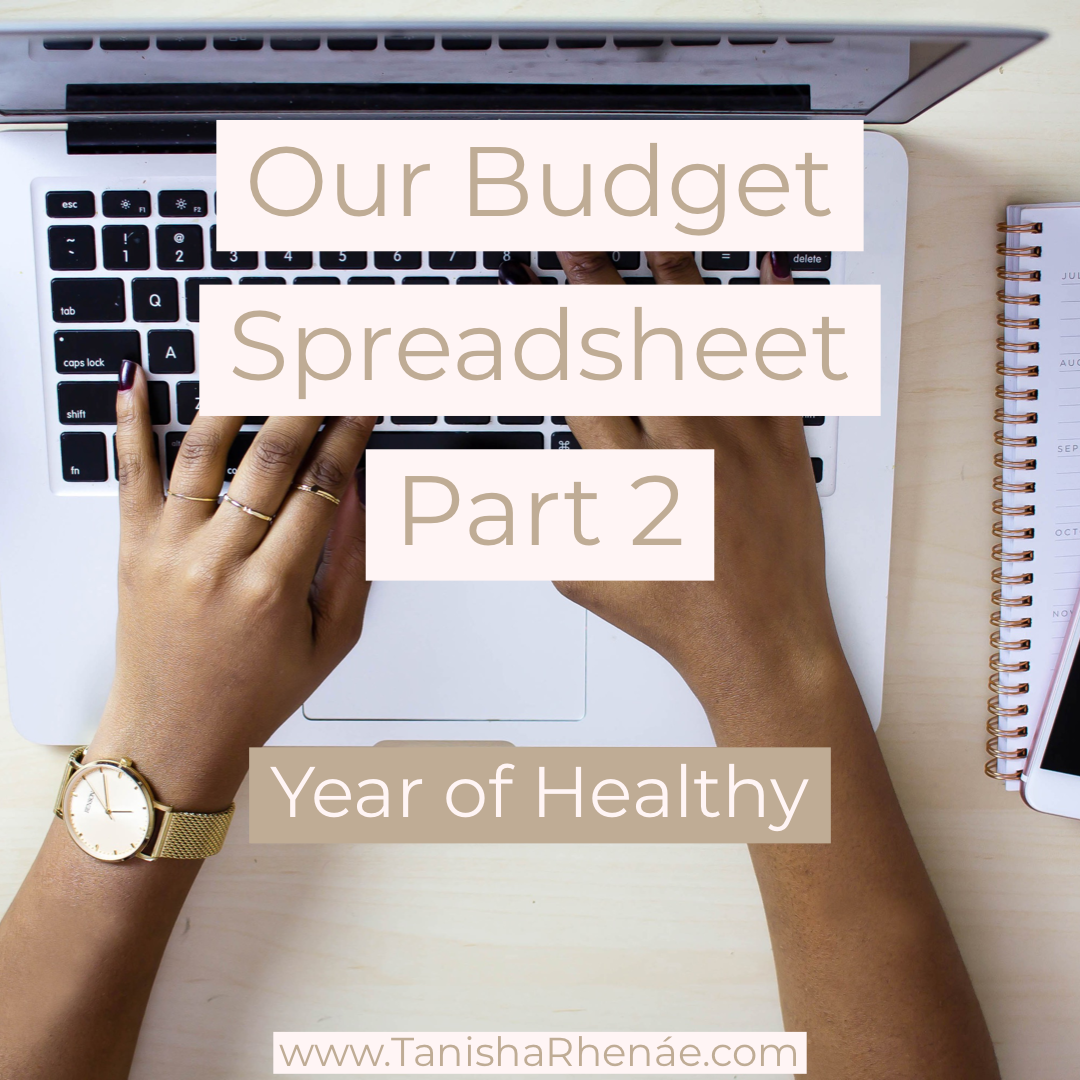





















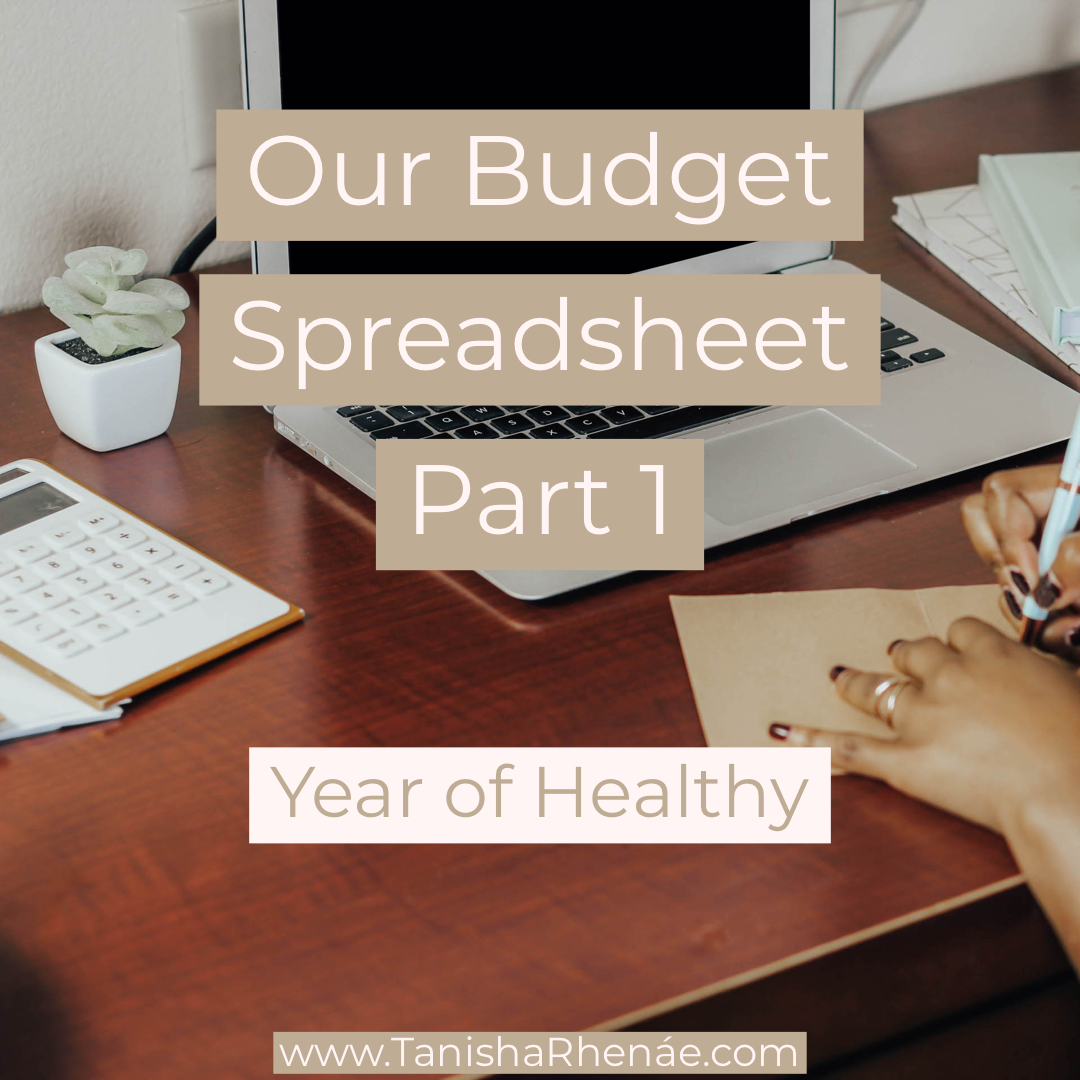

































 YouTube Channel Name:
YouTube Channel Name: 